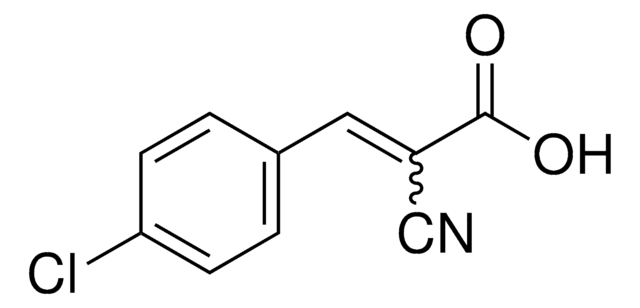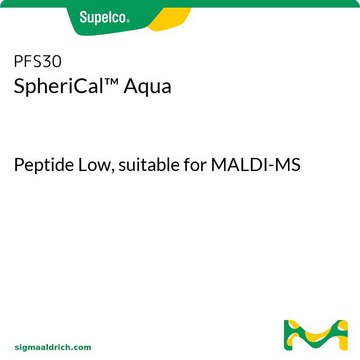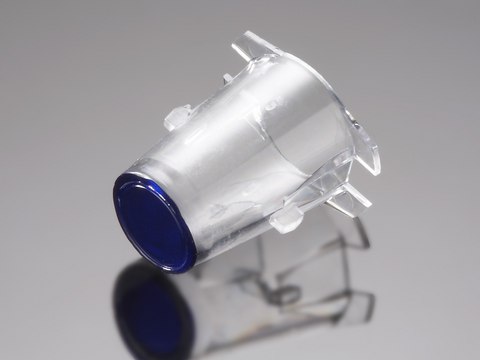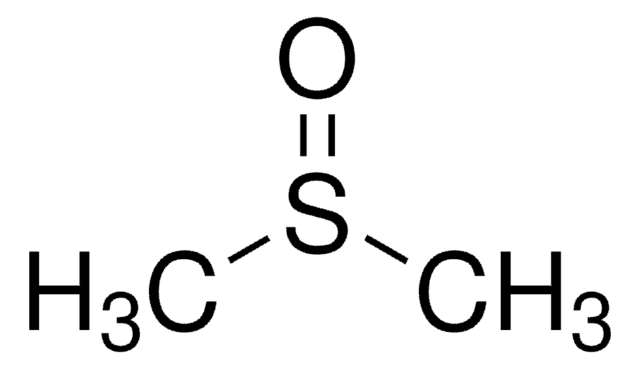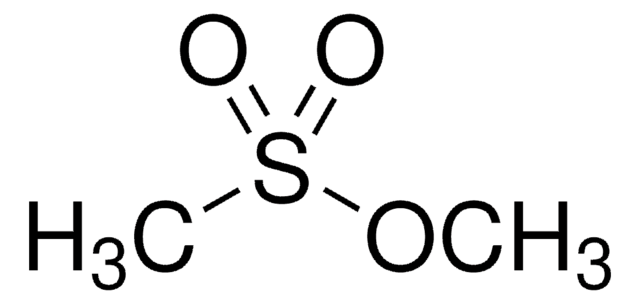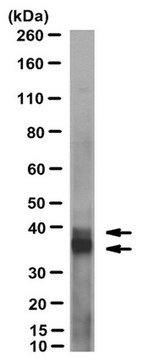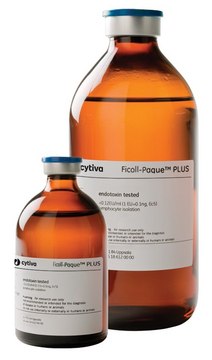68914
4-Bromo-α-cyanocinnamic acid - 4-Chloro-α-cyanocinnamic acid mixture
matrix substance for MALDI-MS, ≥95.0% (sum of both components, HPLC)
Synonym(s):
BrCCA:ClCCA
About This Item
Recommended Products
grade
matrix substance for MALDI-MS
Quality Level
Assay
≥95.0% (sum of both components, HPLC)
form
powder
analyte functional class(es)
drugs of abuse, ionic liquids (quantification)
analyte chemical class(es)
chlorinated lipids, lipids, peptides, phospholipids, phosphopeptides
technique(s)
collision-induced dissociation MS/MS (CID-MS/MS): suitable
matrix-enhanced secondary ion MS (ME-SIMS): suitable
solubility
methanol: 100 mg/10 mL, clear, colorless to light yellow
Application
related product
Signal Word
Danger
Hazard Statements
Precautionary Statements
Hazard Classifications
Acute Tox. 3 Oral - Acute Tox. 4 Dermal - Acute Tox. 4 Inhalation - Eye Irrit. 2 - Skin Irrit. 2 - STOT SE 3
Target Organs
Respiratory system
Storage Class Code
6.1C - Combustible acute toxic Cat.3 / toxic compounds or compounds which causing chronic effects
WGK
WGK 3
Flash Point(F)
Not applicable
Flash Point(C)
Not applicable
Regulatory Information
Choose from one of the most recent versions:
Certificates of Analysis (COA)
It looks like we've run into a problem, but you can still download Certificates of Analysis from our Documents section.
If you need assistance, please contact Customer Support.
Already Own This Product?
Find documentation for the products that you have recently purchased in the Document Library.
Our team of scientists has experience in all areas of research including Life Science, Material Science, Chemical Synthesis, Chromatography, Analytical and many others.
Contact Technical Service